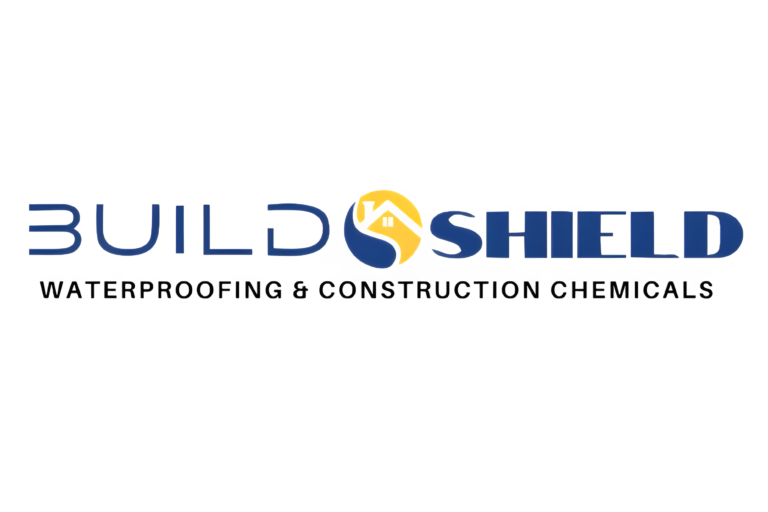Waterproofing & Construction Chemicals
Innovative,
Waterproofing Solutions
Elevate Your Structures with Our Advanced Waterproofing Products and Expert Services
Custom Solutions
Tailored Expertise for Unique Challenges
For more information or to discuss your project requirements, click the button below:
Innovative,
Waterproofing Solutions
Elevate Your Structures with Our Advanced Waterproofing Products and Expert Services
Custom Solutions
Tailored Expertise for Unique Challenges
For more information or to discuss your project requirements, click the button below:
Our Company
At DS BUILDCARE, we pride ourselves on being a trusted name in the waterproofing industry. With years of experience and a commitment to excellence, we have established ourselves as leaders in providing reliable waterproofing solutions tailored to meet our clients’ needs.
Join Our Network of Satisfied Clients








Join Our Network of Satisfied Clients








WHY CHOOSE US ?
When you choose Buildoshield for your waterproofing needs, you’re choosing:
Expertise:
Our team consists of skilled professionals with extensive knowledge and expertise in waterproofing technologies. We leverage our industry know-how to deliver high-quality solutions that stand the test of time.
Quality Products:
We use only the finest quality materials and products, ensuring durability, reliability, and long-lasting protection against water damage. Our products are rigorously tested to meet industry standards and exceed customer expectations.
Customized Solutions:
We understand that every project is unique, which is why we offer personalized waterproofing solutions tailored to your specific requirements. Whether it’s a residential, commercial, or industrial project, we have the expertise to deliver results that meet your needs and budget.
Customer Satisfaction:
At Buildoshield, customer satisfaction is our top priority. We strive to exceed your expectations at every step of the process, from initial consultation to project completion. Our dedicated team is always here to address your concerns and ensure your satisfaction.
Check out these incredible numbers
Happy clients
0
+
Projects completed
0
+
Product Quality
0
%
Dedicated employees
0
+
Here are common problematic areas for waterproofing
Roof and Terrace:
Basement:
Bathrooms and Kitchens:
Foundation:
Balconies and Decks:
Expansion Joints:
- Check for cracks, gaps, or damaged roofing materials.
- Ensure proper sealing around roof penetrations like chimneys and vents.
- Inspect basement walls and floors for cracks and dampness.
- Check the joints between the walls and floor for any signs of water entry.
- Focus on joints and seals around pipes, drains, and fixtures.
- Inspect tile grout and caulking for any gaps or deterioration.
- Examine the foundation walls for cracks and water seepage.
- Check the condition of the foundation waterproofing membrane.
- Inspect the joints and seams of balcony surfaces.
- Look for any signs of water pooling or drainage issues.
- Ensure that expansion joints are properly sealed to prevent water entry.
- Check for any gaps or deterioration in joint materials.
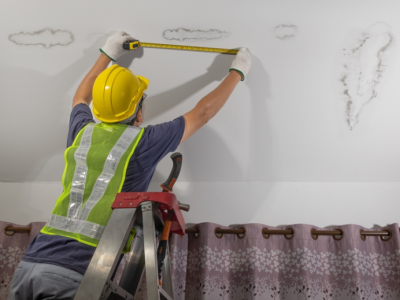
Roof and Terrace
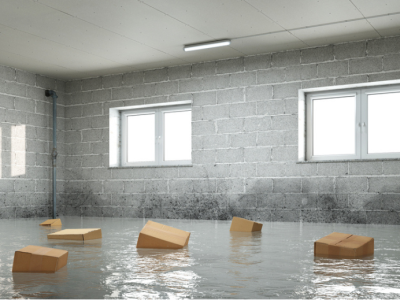
Basement:
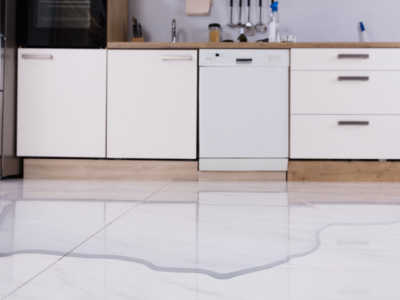
Bathrooms and Kitchens:

Foundation:
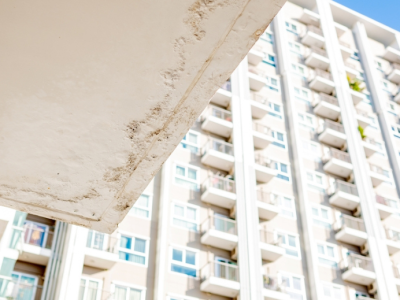
Balconies and Decks:
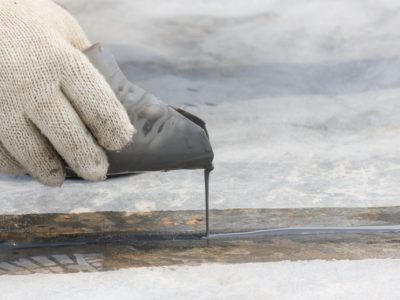
Expansion Joints:
Previous
Next
Your waterproofing needs are our priority. Let’s find the best solution together.
Alternatively, say ‘Hi’
Personalized Waterproofing Consultation and Plans
At BUILDOSHIELD, we understand that each property is unique, and so are its waterproofing needs. That’s why we go beyond generic solutions to offer you a personalized experience. Our experts are here to guide you through a comprehensive consultation process to identify the exact requirements of your property.
Waterproofing Solutions Just For You!
Our Personalized Approach to Waterproofing Excellence
01
Consultation Request:
Contact us through our dedicated consultation form or give us a call.
03
Discussion and Analysis:
We’ll discuss your concerns, inspect vulnerable areas, and analyze any existing waterproofing systems in place.
How It Works
02
Property Assessment:
Our waterproofing experts will schedule a virtual or on-site assessment based on your preference.
04
Customized Waterproofing Plan:
Based on the assessment, we’ll craft a detailed, step-by-step waterproofing plan designed specifically for your property.
Waterproofing Solutions Just For You!
Our Personalized Approach to Waterproofing Excellence
01
Consultation Request:
Contact us through our dedicated consultation form or give us a call.
02
Discussion and Analysis:
We’ll discuss your concerns, inspect vulnerable areas, and analyze any existing waterproofing systems in place.
03
Property Assessment:
Our waterproofing experts will schedule a virtual or on-site assessment based on your preference.
04
Customized Waterproofing Plan:
Based on the assessment, we’ll craft a detailed, step-by-step waterproofing plan designed specifically for your property.
Why Choose Personalized Plans?
Precision:
Our approach ensures that every aspect of your property’s waterproofing is noticed. Each plan is tailored to address your property’s unique vulnerabilities.
Cost-Effective Solutions:
By focusing on the specific needs of your property, we provide cost-effective solutions, avoiding unnecessary treatments.
Long-Term Durability:
Personalized plans are geared towards ensuring the long-term durability of your property against water-related issues.
Get Started Today:
Ready to experience waterproofing designed just for you? Request a consultation now, and let’s embark on the journey to safeguarding your property with precision and care.
successful projects & satisfied customers.
★★★★★ 5/5
“I have been using BUILDOCRETE (PLM) for waterproofing and repair mortar applications for years now, and I must say, it’s one of the best products I’ve come across. Its versatility and durability make it my go-to choice for various surfaces, from flat roofs to concrete structures. Highly recommended!”
Mr. Rajesh Kumar Civil Engineer
I have been using Buildothane EMB-WB for waterproofing my terrace, and I must say, it’s been a game-changer. This product has provided exceptional protection against water seepage, keeping my terrace dry even during heavy monsoon rains. I highly recommend Bildothane EMB-WB to anyone looking for reliable waterproofing solutions.
Ms. Priya Sharma Construction Contractor
“When it comes to repairing potholes and damaged pavements, BUILDOREADY MIX-PREMIX is my top choice. Its instant pothole repair compound has saved us countless hours of labor and ensured smooth traffic flow on our roads. A must-have for any road maintenance team!”
Mr. Amit PatelRoad Maintenance Supervisor
BuildoshieldSelf-AL is simply fantastic! I used it to seal my roof, and the results have been outstanding. The self-adhesive feature made installation a breeze, and the aluminum foil layer provided excellent heat insulation. I’m thoroughly impressed with the quality and effectiveness of BuildoshieldSelf-AL and would definitely use it again
Jitendra Owner
“Dealing with leaks and dampness has always been a challenge until we started using BUILDOCRYL EMW WB. This UV-resistant white acrylic-based waterproofing coating has been a lifesaver for us. Its seamless application and enduring protection have significantly reduced our maintenance efforts. Couldn’t be happier with the results!”
Mr. Anil VermaBuilding Maintenance Supervisor
Previous
Next
Frequently Asked Questions
WHAT IS WATERPROOFING?
Waterproofing is a protective measure applied to surfaces to prevent water from seeping through and causing damage. It involves the application of specialized materials or coatings that create a barrier against moisture, thereby keeping the underlying structure dry and protected. By waterproofing surfaces such as roofs, walls, basements, and foundations, you can safeguard your property against water-related issues like leaks, dampness, mold, and structural damage. Whether it’s a new construction project or an existing building, waterproofing is essential for maintaining the integrity and longevity of the structure.
How long does waterproofing take to dry?
The drying time for waterproofing products can vary depending on factors like temperature, humidity, and the type of surface being treated. Generally, it can take anywhere from a few hours to a couple of days for the waterproofing material to fully cure and provide effective protection against water ingress.
When is the best time to waterproof a building?
Ideally, waterproofing should be done during the construction phase to ensure comprehensive protection from the start. However, waterproofing can also be applied during renovations or repairs to address existing water issues and prevent future damage.
How often should waterproofing be done?
The frequency of waterproofing largely depends on the type of surface and the environmental conditions it is exposed to. As a general rule of thumb, it’s recommended to inspect and reapply waterproofing every 5-10 years or as needed to maintain optimal protection.
Can waterproofing be applied to all surfaces?
Waterproofing products are designed to be versatile and can typically be applied to a wide range of surfaces including concrete, masonry, wood, metal, and even certain types of fabrics. However, it’s essential to select the appropriate waterproofing material based on the specific surface and its intended use.
Is waterproofing safe for use in areas with drinking water
Yes, many waterproofing products are formulated to be safe for use in areas where contact with drinking water is a concern. These products are designed to meet stringent safety and regulatory standards to ensure they pose no harm to human health.
Can waterproofing prevent mold and mildew growth?
Yes, waterproofing not only protects against water intrusion but also helps to inhibit the growth of mold and mildew by creating a moisture-resistant barrier. By keeping surfaces dry and preventing moisture buildup, waterproofing can significantly reduce the risk of mold and mildew formation.
What are the benefits of using waterproofing products?
Waterproofing offers a multitude of benefits including protection against water damage, increased durability of structures, improved indoor air quality, prevention of mold and mildew growth, and enhanced property value. Additionally, it can help lower maintenance costs by reducing the need for repairs due to water-related issues
Free Site Evaluation Form
Please fill out the form below to schedule a free site evaluation by one of our Buildoshield experts.

